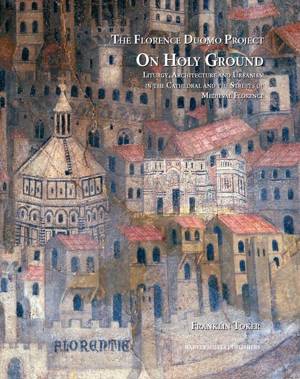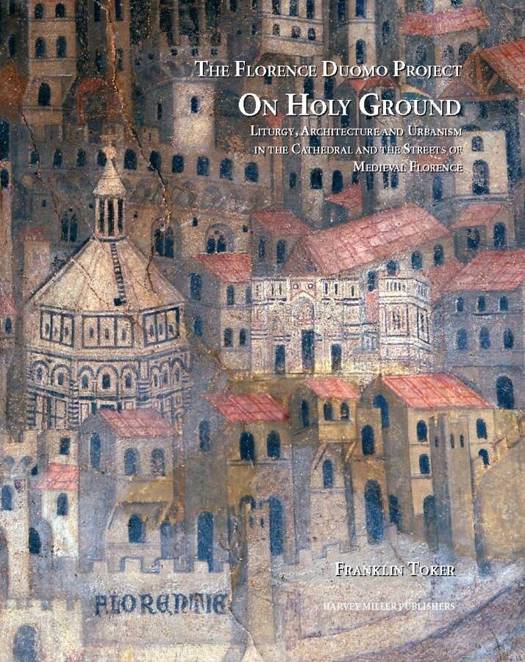
- Afhalen na 1 uur in een winkel met voorraad
- Gratis thuislevering in België vanaf € 30
- Ruim aanbod met 7 miljoen producten
- Afhalen na 1 uur in een winkel met voorraad
- Gratis thuislevering in België vanaf € 30
- Ruim aanbod met 7 miljoen producten
Zoeken
On Holy Ground
Liturgy, Architecture, and Urbanism in the Cathedral and the Streets of Medieval Florence
Franklin Toker
Hardcover | Engels
€ 223,95
+ 447 punten
Omschrijving
On Holy Ground: Liturgy, Architecture, and Urbanism in the Cathedral and in the Streets of Medieval Florence asks just one question: had the Florence Duomo never been excavated, what could we have known of the legendary cathedral of S. Reparata below it?The answer comes through the transcription of two key texts: one, never published until now, was written for the cathedral clergy around 1190; the other was composed around 1230, and printed just once, in the eighteenth century.English translations bring to life the liturgical year in medieval Florence, from the gorgeous pageantry of Christmas to the plaintive rites of Easter.The archaeological finds now make sense of the chapels, altars, and hallowed tombs that are cited in the texts. The volume then reconstructs the canonry (torn down around 1840), where the officiating priests lived, and the neighboring buildings on the cathedral square: a hospital, a school, and a prominent city gate that long ago disappeared, and a Baptistery, bishop's palace, and confraternity headquarters that are still standing. One chapter is devoted to the religious processions that ventured forth from S. Reparata to wind through the streets of Florence. Here the old texts are brought to life by the towers, bridges, churches, and monuments that survive from medieval Florence. The processional routes are examined for their social, political, and economic importance to the cathedral clergy, and the way the routes delineated the main lines of Roman Florence.The final chapter explores the food that poured onto the tables of the cathedral clergy from the farms and villages of the Florentine countryside.Altogether, the volume provides an exceptional look at the physical and spiritual impact of Florence's thousand-year-old cathedral in the age of Dante.
Specificaties
Betrokkenen
- Auteur(s):
- Uitgeverij:
Inhoud
- Aantal bladzijden:
- 323
- Taal:
- Engels
Eigenschappen
- Productcode (EAN):
- 9781905375516
- Verschijningsdatum:
- 24/03/2010
- Uitvoering:
- Hardcover
- Formaat:
- Genaaid
- Afmetingen:
- 229 mm x 305 mm
- Gewicht:
- 1678 g

Alleen bij Standaard Boekhandel
+ 447 punten op je klantenkaart van Standaard Boekhandel
Beoordelingen
We publiceren alleen reviews die voldoen aan de voorwaarden voor reviews. Bekijk onze voorwaarden voor reviews.











